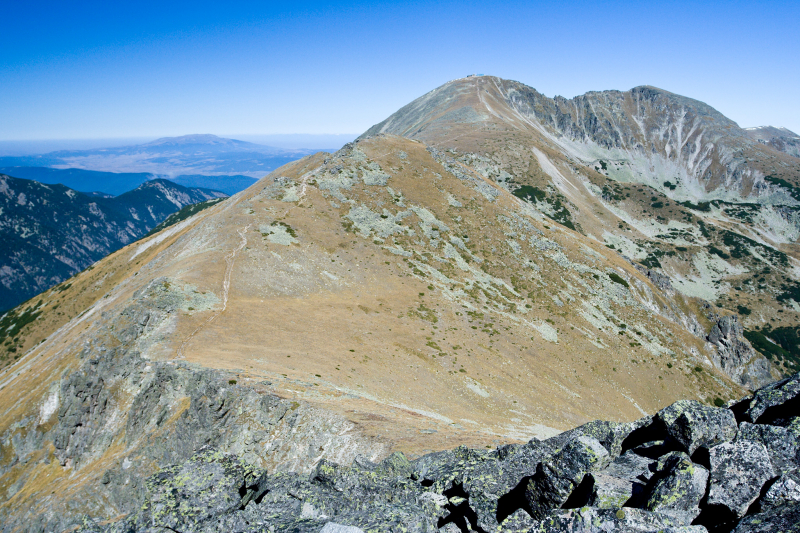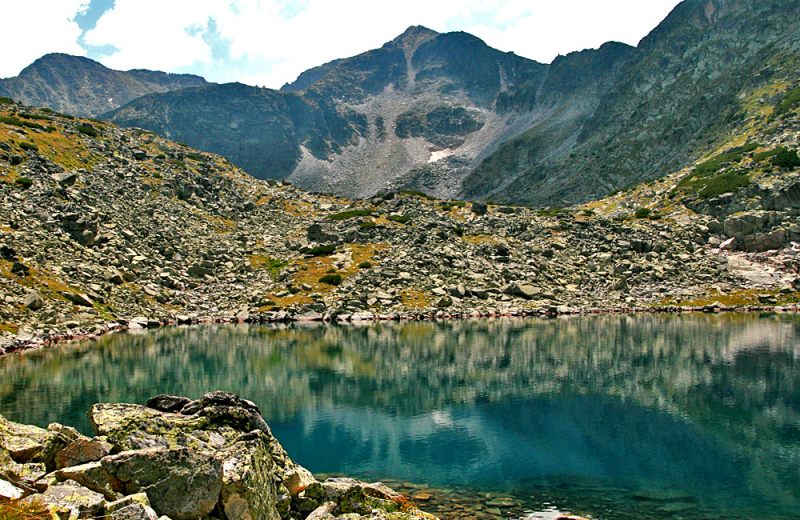Musala

Musala, at 2,925 meters, is the highest peak in the Rila Mountains, as well as in Bulgaria and the entire Balkan Peninsula (9,596 ft). Musala is also the sixth highest peak in mainland Europe by topographic prominence, with a topographic prominence of 2,473 metres (8,114 ft). Musala is also Continental Europe's third most topographically isolated major peak.
Musala is located within the Rila National Park, which is known for its diverse flora and fauna, including Macedonian Pine and Bulgarian Fir in the forests on its middle slopes, and is one of the best places in Europe to see the wallcreeper. From the top, you can see all of Bulgaria's major mountain ranges, including Vitosha to the northwest, Sredna Gora to the northeast, the Balkan Mountains along most of the northern horizon behind Vitosha and Sredna Gora, the Rhodope Mountains to the southeast, Pirin to the south, Osogovo and Ruy Mountain to the west, and, of course, the rest of Rila.
In 1960, with the assistance of the Hungarian Academy of Science, a cosmic ray station was built on the peak. The station used a muon telescope to conduct scientific experiments. On October 29, 1983, an electrical fire destroyed the station.
Musala is the coldest place in Bulgaria and the Balkan Peninsula, with an average annual temperature of -2.3 °C. Temperatures remain below 0 °C for approximately 8 months of the year. As a result, snow accounts for approximately 45 percent of Musala's annual precipitation, and snow cover lasts for approximately 200 days (more than six months). Three of Bulgaria's major rivers, the Iskar, Maritsa, and Mesta, have their origins near Musala.
Location: Sofia Region, Bulgaria
Elevation: 2,925.4 m (9,598 ft)









